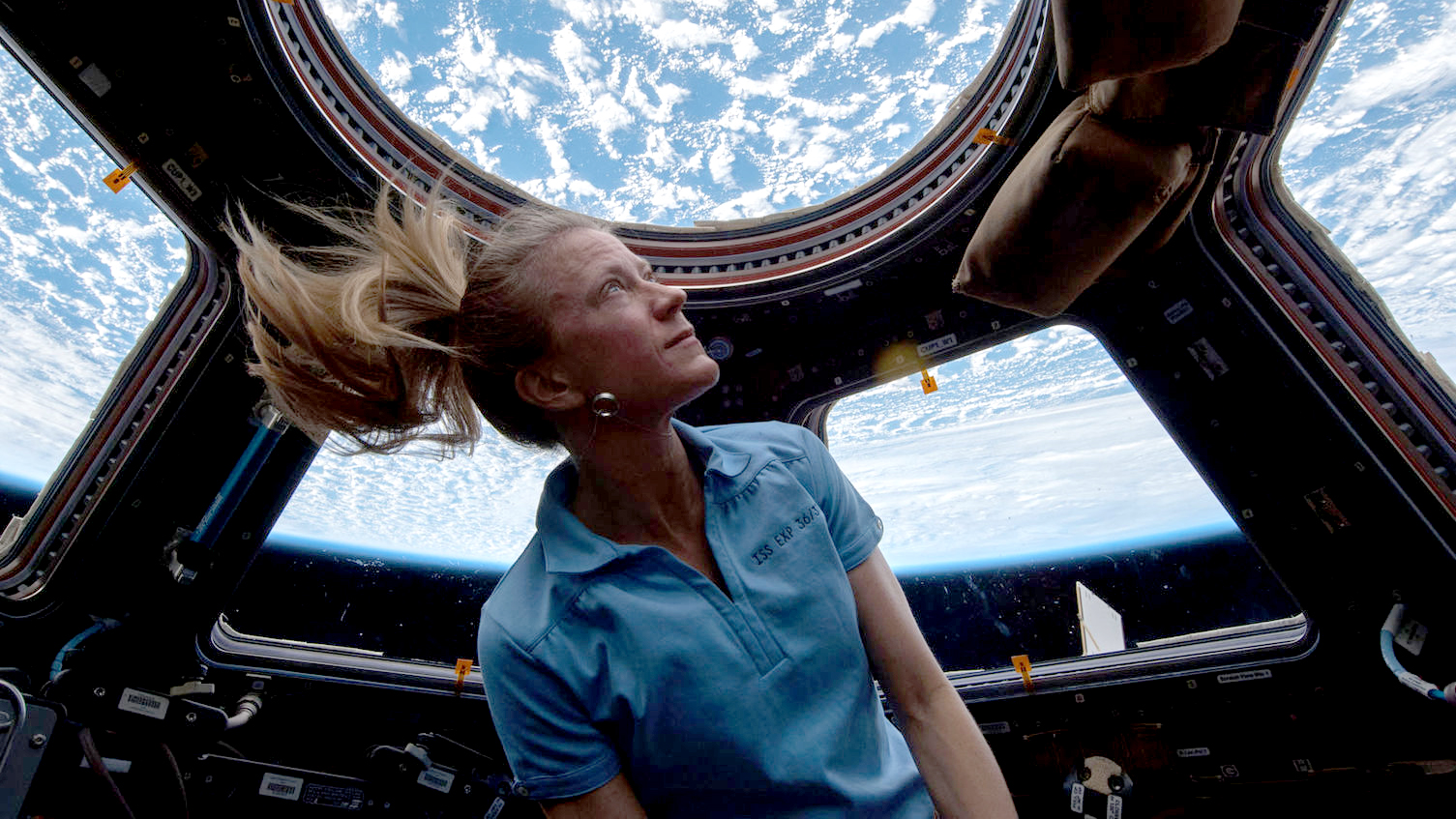Even Astronauts in space get sick and NASA is trying to help them live healthier lives. In 2017, Researches at NASA, The University of Texas Medical Branch, and the J. Craig Venter Institute started a program to study how spaceflight impacts human physiology, the immune system, and the microbiota in the gut. Microbiota are organisms that live in your digestive tract that help to break down the food that you eat. Since diet is one of the few thing that NASA can actually control on spaceflights, the team designed an experiment to study diet of astronauts in a stimulation on earth. The scientist believed that eating more fruits and vegetables and things like omega-3 fatty acids and lycopene would actually improve the immune response, gut microbiota, and nutrition of astronauts. This improved diet should improve the health of the crew and reduce any negative physiological effects caused by space flight.
In order to perform this study, the researchers will compare what astronauts eat now on the International Space Station to the new diets that included more fruits and veggies. Four 45 day mission tests will be executed in a closed chamber that mimics flight in space. The participants will have bio sampling done both before and after their time in the simulation chamber. The research team plans to record dietary intake, immune markers, profiles of gut microbiomes, and nutritional status biomarkers and metabolites. After the data is collected, statistical evaluations will determine if the new diet improved the health of our astronauts. There has already been data collected from two crew members during the first mission, entitled Campaign 4 Mission 1. A second mission was attempted but the results were not valid because it had to be cut short due to the effects of Hurricane Harvey. After the completion of the study, the hope is that an improved diet will keep our astronauts healthier and hopefully ease the transition back to Earth!
LINK: https://ntrs.nasa.gov/archive/nasa/casi.ntrs.nasa.gov/20170008859.pdf
Douglas, G. L., Zwart, S. R., Young, M., Kloeris, V., Crucian, B., Smith, S. M., Lorenzi, H. 2018. The Integrated Impact of Diet on Human Immune Response, The Gut Microbiota, and Nutritional Status During Adaptation to a Spaceflight Analog. NASA Technical Reports Server. JSC-CN-40467.

